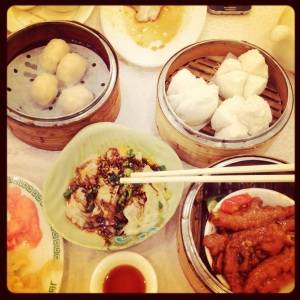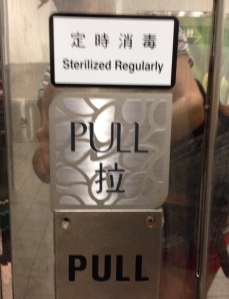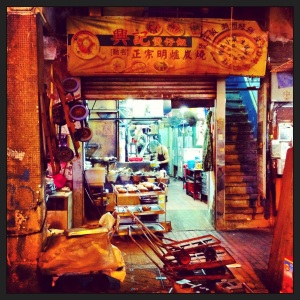It was a wonderful week in Hong Kong. So, in the spirit of sharing, here are some of my learnings and highlights:
- Dolphins also come in pink: The Chinese white dolphin is a species unique to Hong Kong which turns pink when it swims, much like the way we do when we run. They’re decreasing alarmingly in numbers due to land reclamation and development but you can sponsor them here through WWF.
- Space is precious: Much like Manhattan in New York, Hong Kong is an island with limited space. It has responded to this issue by building upwards, something that London might want to take very seriously (I suspect clever marketing to get over the ‘Englishman’s home is his castle complex). With so many malls offering the same wares however, one wonders how the ‘elastic environments’ should manifest itself here. Is there a role for brands as community centres, schools or skills swaps out of hours?
- Planned parks enhance a city experience: Even within the overwhelming hustle and bustle of Hong Kong, it is possible to take refuge in well placed and well planned parks. These however, bear little resemblance to Hampstead Heath or the open, green parks we think of, being filled with sculpture, exercise areas and activities. Indeed, they seem to have been planned with a purpose in mind, some for contemplation and learning, some for activity. Although this might upset a conservationist, it probably allows a balance of space and activity to be planned increasing the manageability of an urban jungle for inhabitants. The Kowloon Walled Garden at Lok Fu was my favourite for contemplation and learning.
- Tesco Express is bad: Their identikit, unexciting and unchallenging food sets the standard for our repetitive eating habits and fussiness. Plus, this supermarket, synthetic food is destroying our connection to food sources. Wandering markets, eating seafood in a restaurant where you choose your dinner victim from tanks, trying exotic dishes (octopus mouth anyone?) and learning how some people base their diets around Chinese medicine have awakened a newfound respect for food and cuisine in me. Who knew chicken feet and tofu and egg combo desserts could be so delicious?

- Malls are taking over the world: OK, so I work for big brands partially because of their reach, but is there really a need for four Chanels per square mile? Particularly in a place with a space/housing problem. The upside of this is that public loos are everywhere. Brilliant for someone like me, but also just excellent in terms of creating a more livable city.
- Hipsters are everywhere:The hipster aesthetic and love of coffee is everywhere. Hong Kong is no exception!
- Samsung rules the world: Apple take note, it’s the big Samsung phones that were ubiquitous, being stared at/listened to by their owners in all social situations. The iPhone 5 was barely visible.




